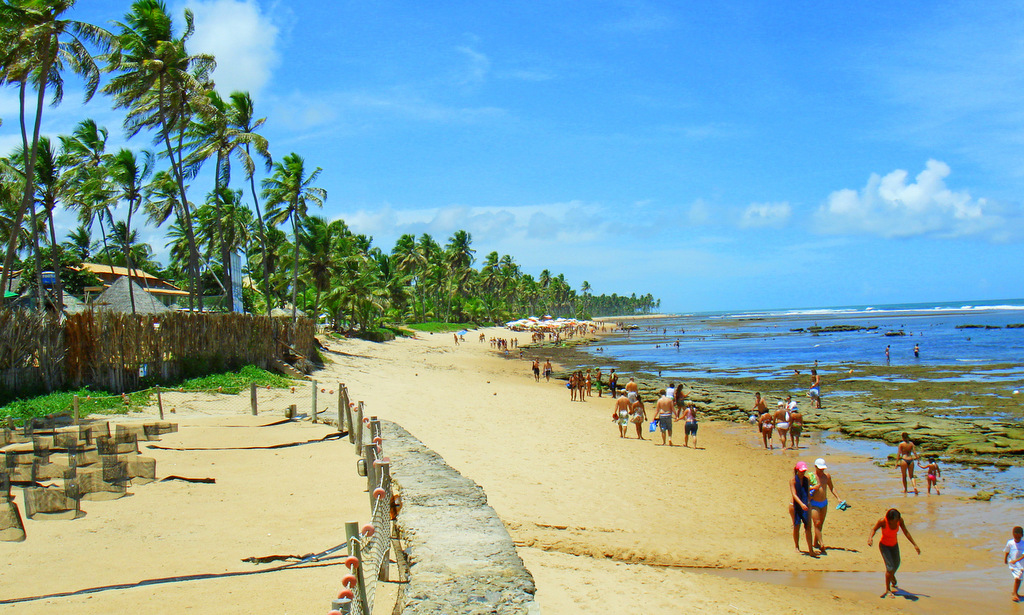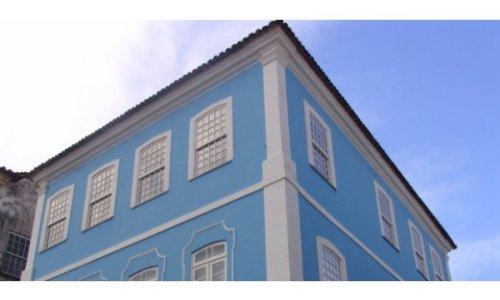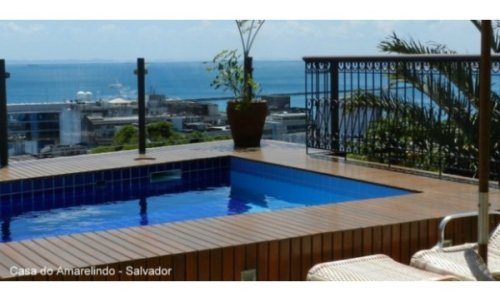GET IN TOUCH
Enquire About Your Holiday To Salvador
BOOK AN APPOINTMENT
Please fill out your details below to book an appointment with a travel specialist:
CALL US
Mon to Sat: 9am-5:30pm
0208 546 6222
Overview
Send An Enquiry
Enquire About Your Holiday To Salvador
When Do You Want To Go?
An Energy & Historic Beauty Few Brazilian Cities Can Match
Salvador was once the magnificent capital of Portugal’s New World colony and today it has an energy and historic beauty that few Brazilian cities can match. The modern city surrounds a historical district which is like a living museum of 17th and 18th century architecture. Here you will find cobbled streets lined with cafes, upmarket boutiques and a gorgeous church at the centre of it all.
Salvador is home to many festivals throughout the year including the annual carnival. It means you are never far away from the beat of drums and the glitzy fabrics of costumes dancing against the backdrop of colonial buildings. Salvador bustles at night too with many restaurants and bars which in particular tend to cluster around the open squares and plazas.
Once upon a time Salvador was the centre for African slavery and there’s no other place in the world where descendants of African slaves have preserved their heritage so well. You will find examples of it everywhere from music and religion to the food and dance. This gives the city a unique character and worthy of at least a stopover on the way to the nearby beaches. Latin Routes can arrange a walking tour of the historic centre for you to get to know this city and it’s history. Speak to one of our Travel Specialists for more information.
Best Time To Go
Salvador can be visited at anytime throughout the year but temperatures are at their warmest between September and April.
If you would like to begin creating your perfect Brazil holiday, Simply complete the enquiry form to get in touch.
Alternatively call our Travel Specialists on 020 8546 6222.
Things to Do
Places to Stay
Where to Stay
Pestana Convento Do Carmo
This fascinating and carefully restored convent in the heart of Salvador's historic centre is a great option for experiencing the best of this vibrant city.
Casa do Amarelindo
Casa do Amarelindo is a comfortable and tranquil boutique hotel in the heart of the Pelourinho district, with wonderful views of the bay and a rooftop pool for cooling off.
Solar Dos Deuses
With only seven rooms this colourful boutique hotel is just the ticket for a delightful short break in Bahia's capital city. A good value option with a home-from-home feel makes this a firm favourite for Latin Routes.
Send An Enquiry
Enquire About Your Holiday To Salvador
When Do You Want To Go?

From your first booking with us, you’ll become a member of My Routes Rewards and begin collecting points for every holiday you book!
ABOUT US
Our Truly Individual Holidays allow you to choose the destinations, inclusions & budget
Winner of 'Tour Operator of the Year - Small' at the 2021 Travel Industry Awards by TTG
Winner of 'Best Tour Operator' at the 2019 & 2018 L.A.T.A. Achievement Awards
All of our holidays are ATOL protected (11104), for your complete peace of mind



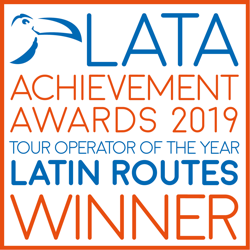
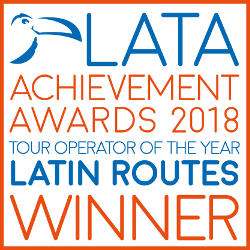
Why book with Latin Routes?
TRULY INDIVIDUAL
- Tailormake every part of your Latin America holiday including the duration, destinations, inclusions and budget
- From charming guesthouses to 5* luxury, we have a style of accommodation to suit you
- Our Travel Specialists will help you to create your perfect holiday to Latin America
TRUSTED
- We continually receive excellent reviews from our clients and have a fantastic score on the independent review website, Trustpilot.
- All of our holidays are ATOL protected (11104), for your complete peace of mind
- An assured member of the Association of Independent Tour Operators (AITO)


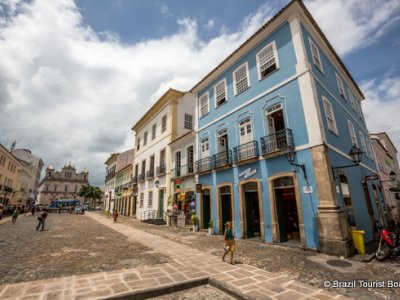
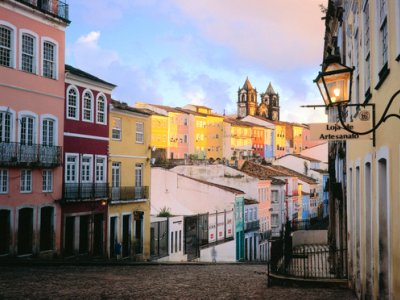
.jpg)
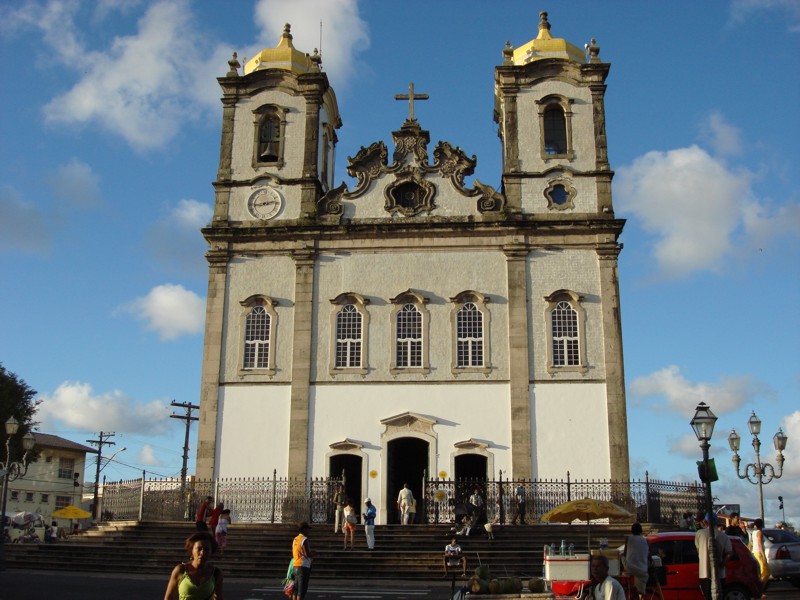
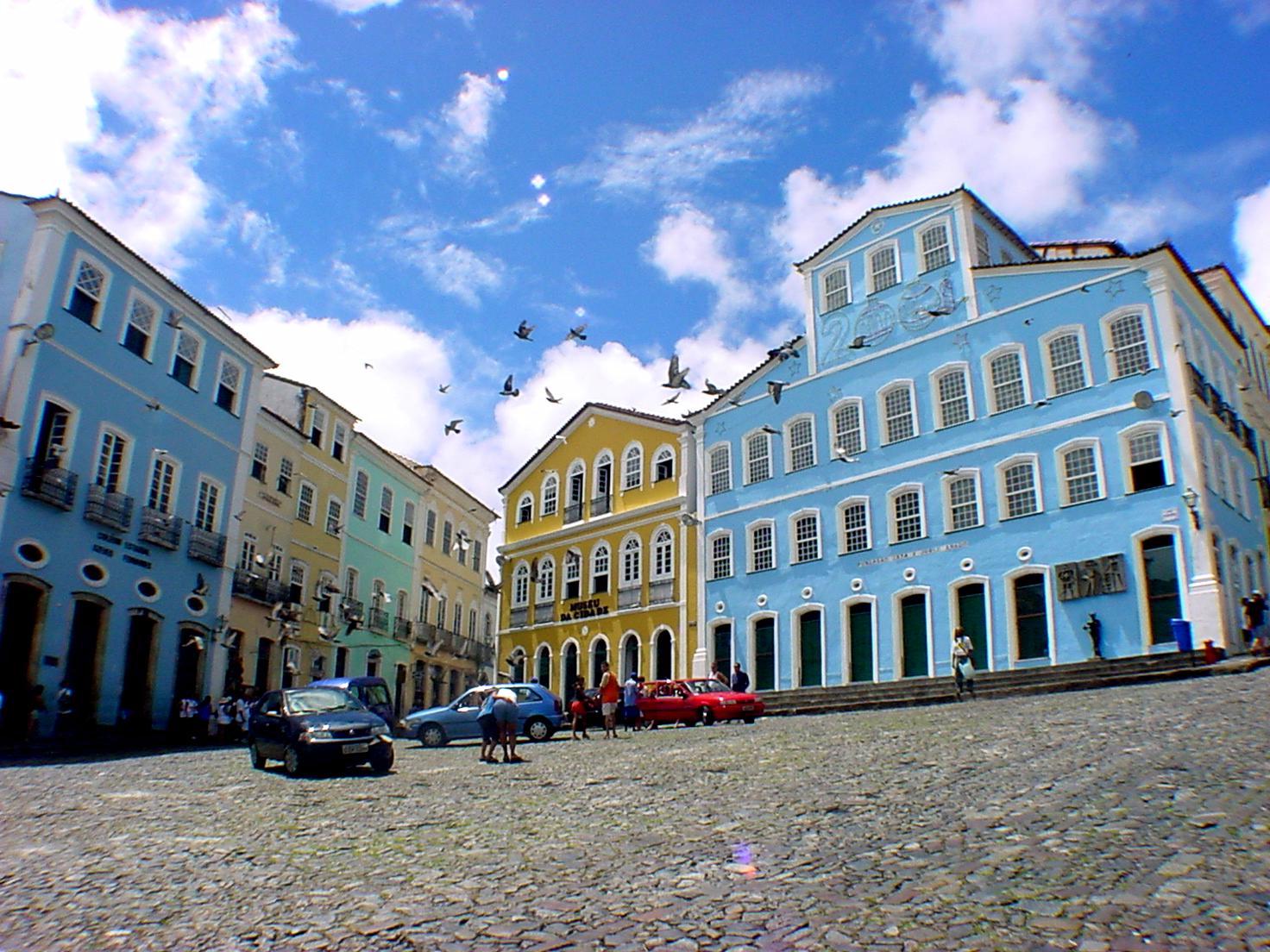
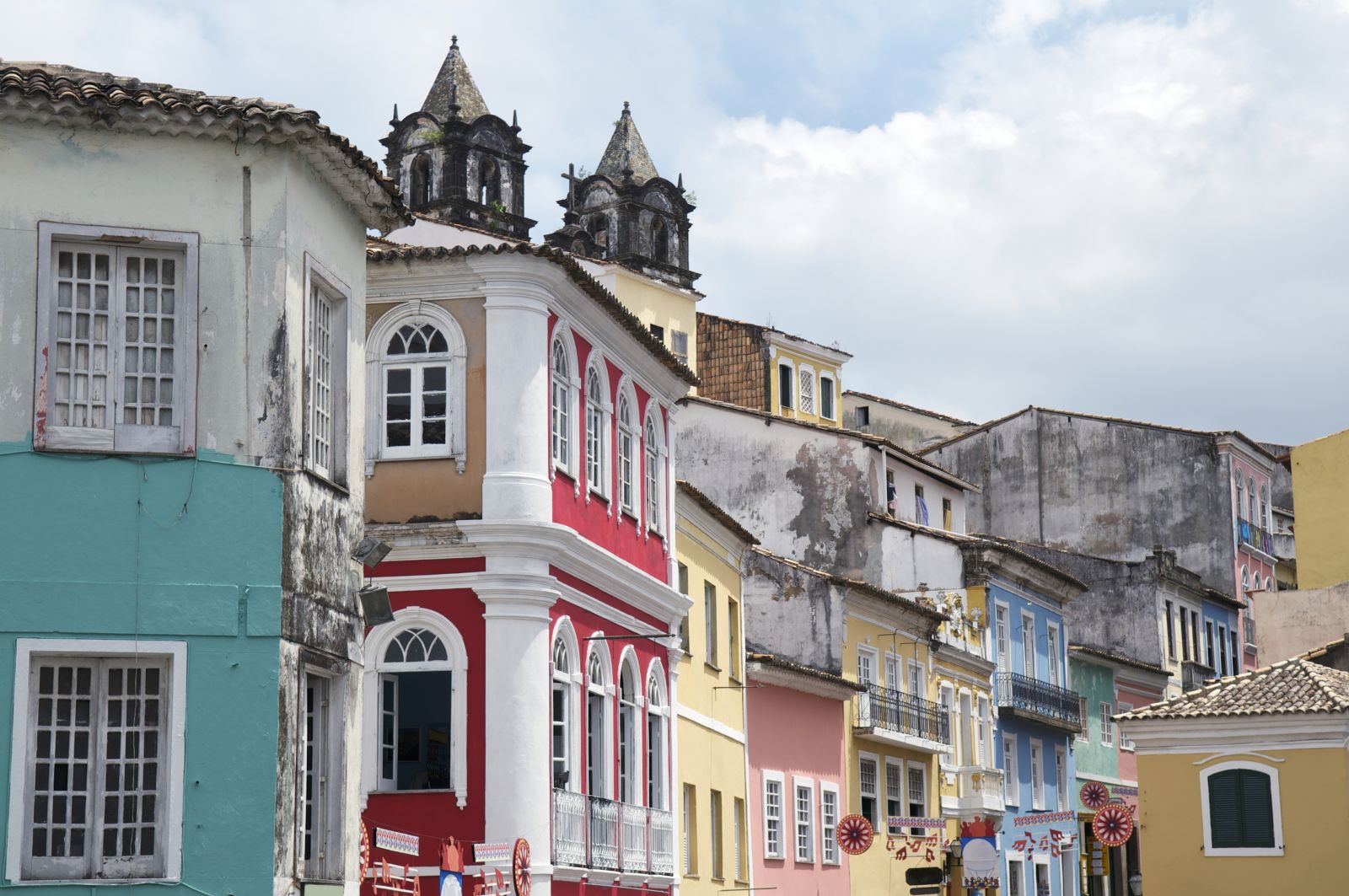
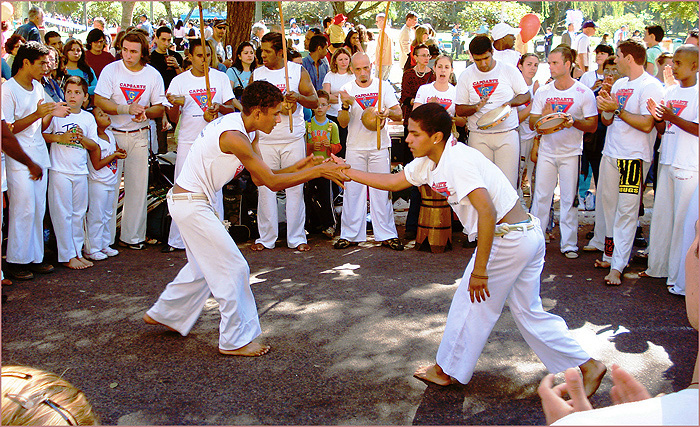
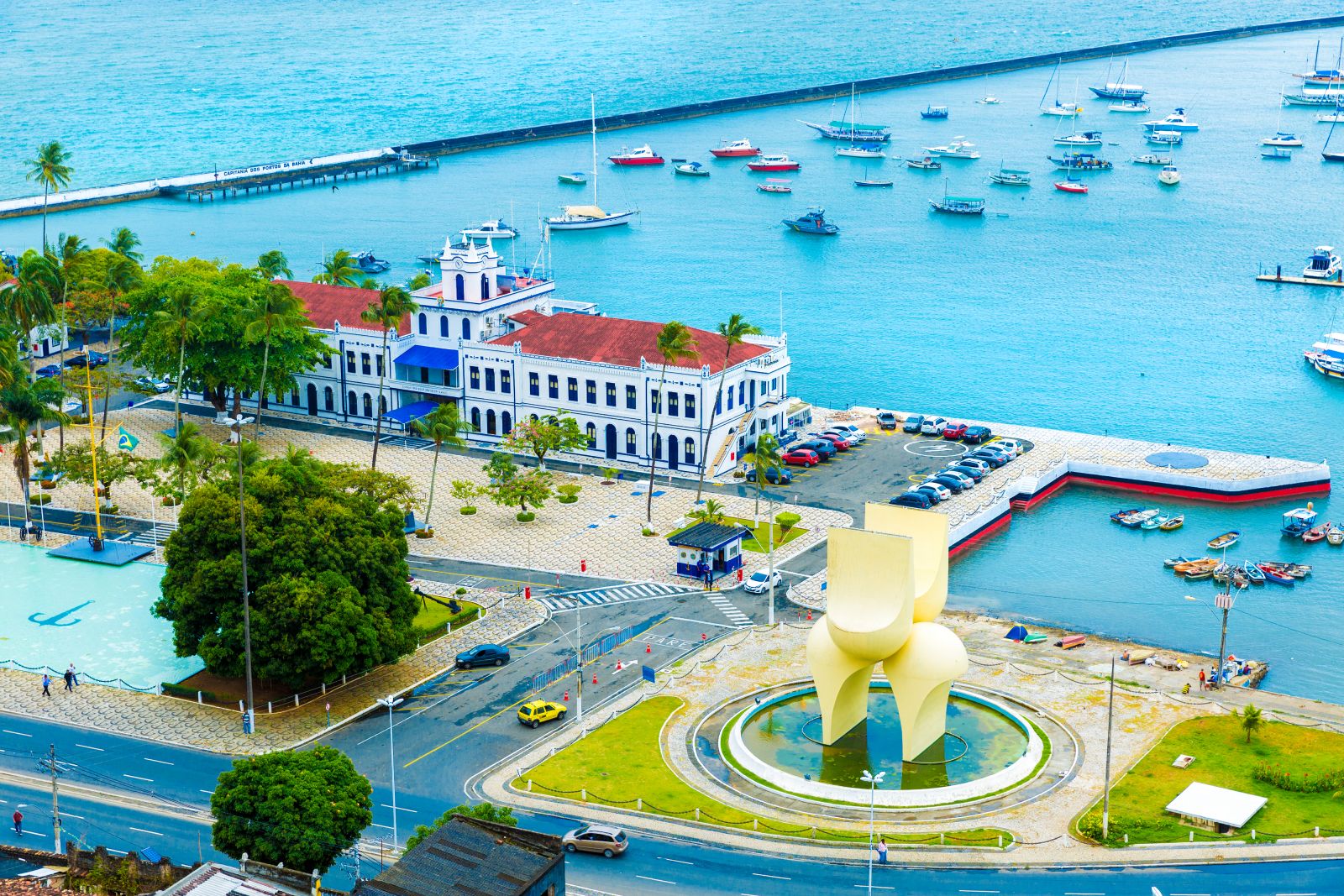
(1).JPG)
